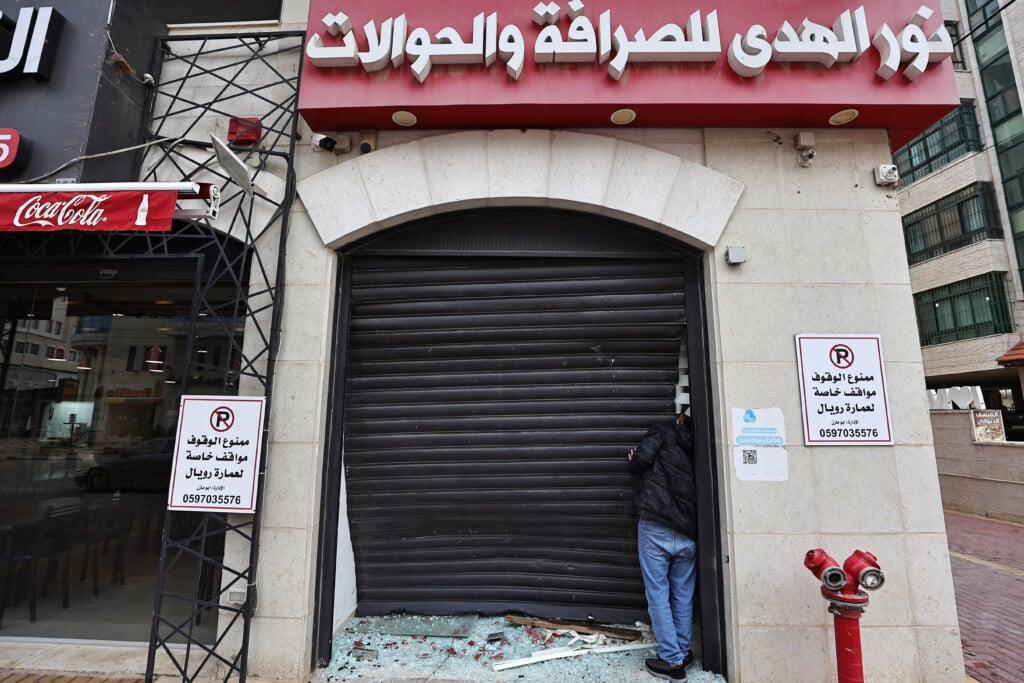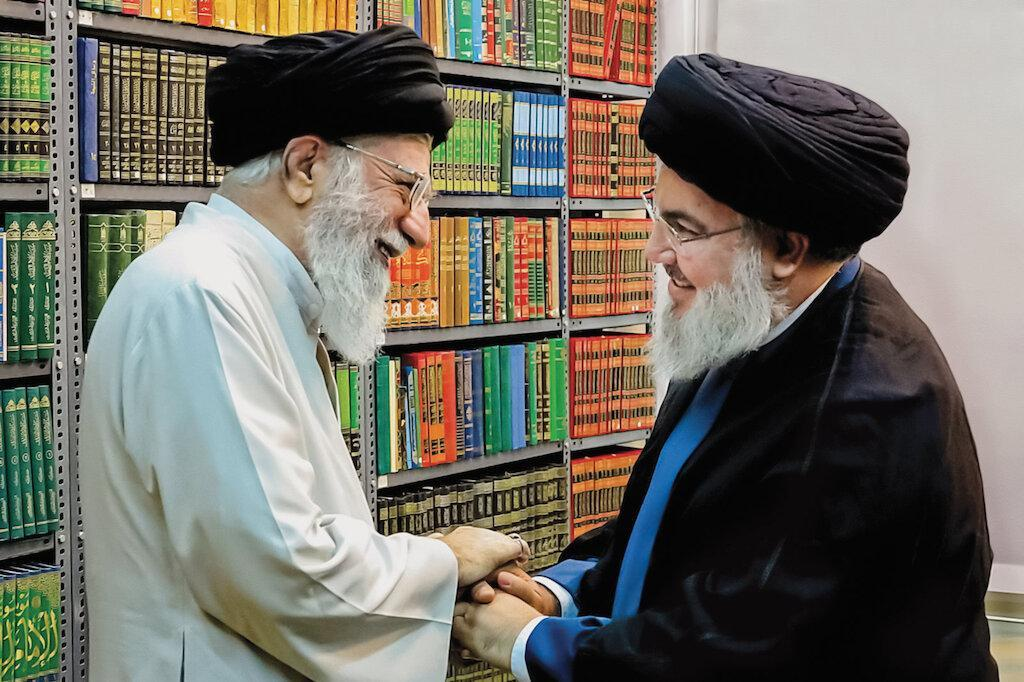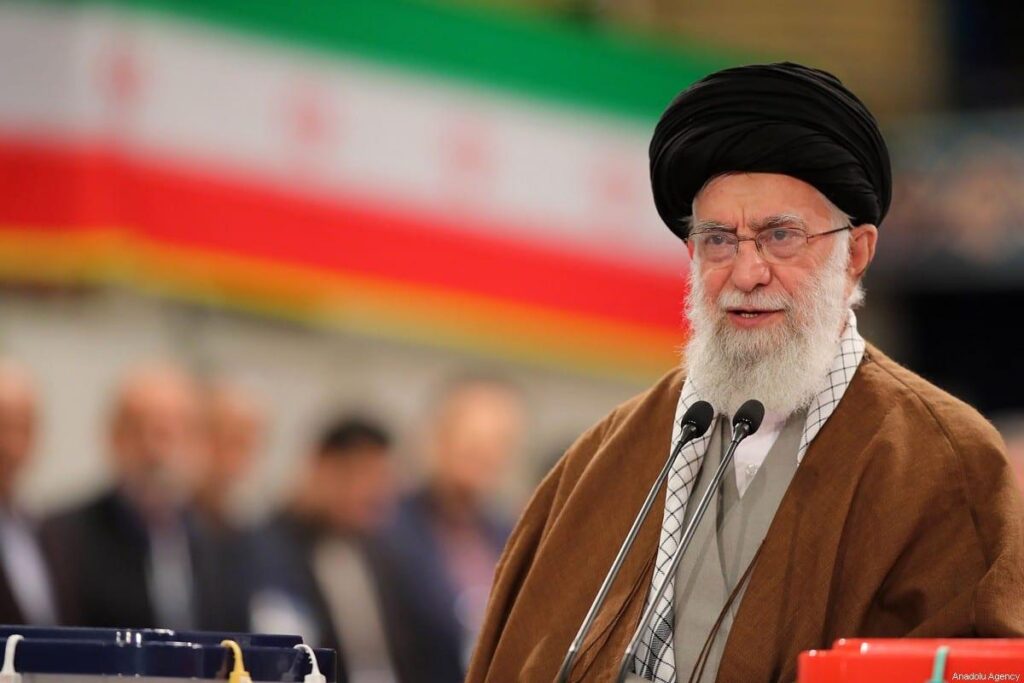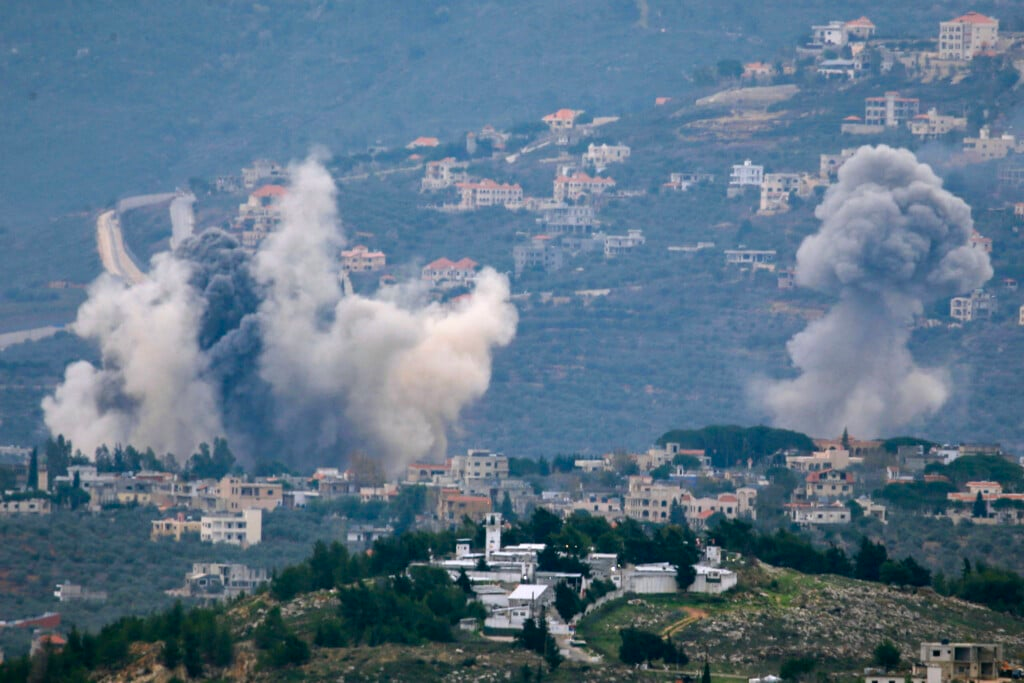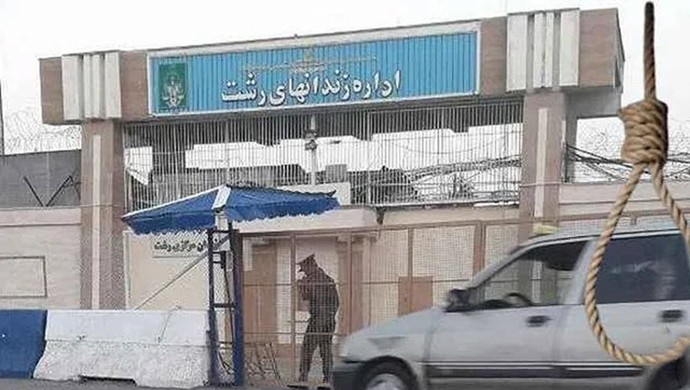Terrorisme : Pourquoi l’Iran finance le Polisario en Afrique et le Hamas au Moyen-Orient
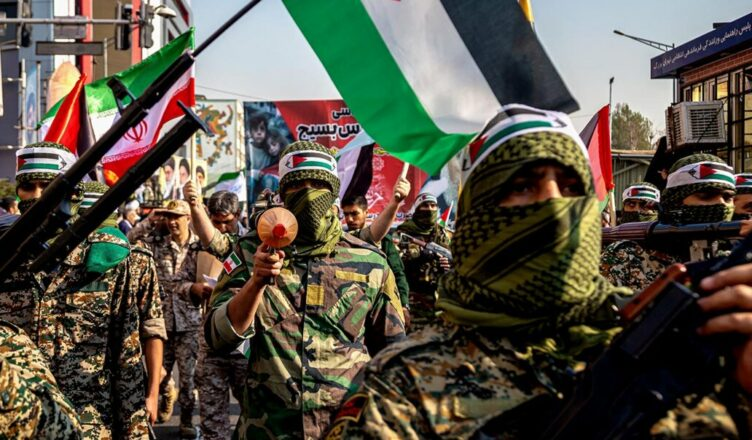
La nouvelle stratégie de l’Iran consiste à renforcer son influence simultanément dans différentes régions, à l’image de son appui financier, logistique et militaire croissant au Hamas et au Polisario, élargissant ainsi sa capacité à contester les intérêts des États Unis d’Amérique (USA) et des autres pays occidentaux.

